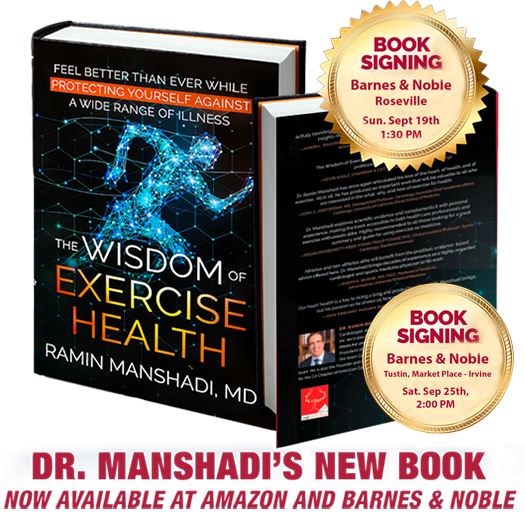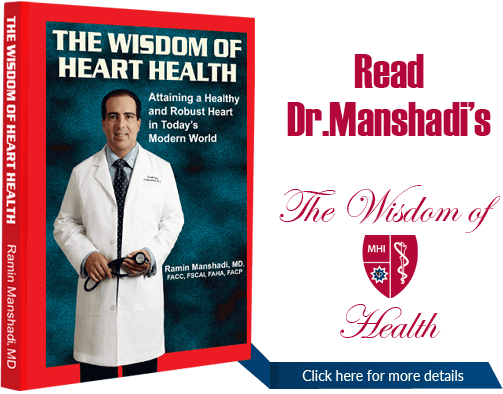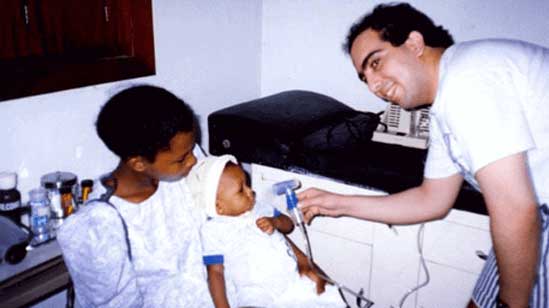High Cholesterol: Assessing Your Risk
Have you been told that your cholesterol is too high? If you have, you could be heading for a heart attack or stroke without knowing it. This is especially true if you have other risk factors for heart disease. That's why you need to get smart about cholesterol and your heart disease risk. This sheet can help you understand your heart disease risk and how your cholesterol level affects it. Your healthcare provider can then talk to you about how you can get started controlling your cholesterol.
Why Is High Cholesterol a Problem?
Blood cholesterol is a fatty substance that travels through the bloodstream. When blood cholesterol is high, it forms plaque. The plaque builds up within the walls of arteries (blood vessels that carry blood from the heart to the body). This narrows the opening for blood flow. Over time, this can lead to coronary artery disease, heart attack, or stroke.
3 Steps to Assessing Your Risk
1. Find Your Risk Factors for Heart Disease
How great a risk your cholesterol numbers are depends on other risk factors you may have for heart attack and stroke. Check off each of the risk factors below that applies to you:
-
Are you a man 45 years old or older or a woman 55 years old or older?
-
Does your family have a history of heart problems, including heart attack, coronary heart disease, or atherosclerosis?
-
Do you have high blood pressure or are you on blood pressure medication?
-
Do you smoke?
-
Do you have diabetes?
2. Test Your Cholesterol
Cholesterol testing usually requires no preparation. Sometimes, however, you may need to fast (not eat) before a cholesterol test. A blood sample is taken and sent to a lab, which analyzes the amount of cholesterol in your blood by measuring two types of cholesterol in the sample: HDL ("good cholesterol") and LDL ("bad cholesterol"). Cholesterol test results are usually given as the combined total of HDL and LDL cholesterol. You may also be told the separate HDL and LDL cholesterol results.
Fill in your numbers below.
HDL cholesterol:                ÂÂ
LDL cholesterol:                ÂÂ
Total cholesterol:                ÂÂ
ÂÂ
3. Set Your LDL Cholesterol Goal
Once you know your LDL cholesterol number, you can change your diet to help lower the amount of cholesterol in your blood. The table below shows you what your target LDL cholesterol goal should be. Ask your healthcare provider to help you get started on a plan to lower your cholesterol.
|
If You Have
|
Start a Cholesterol-Lowering Plan If Your LDL Cholesterol Is
|
Your LDL Goal Is
|
|
No heart disease and fewer than two risk factors other than high LDL cholesterol
|
160 or more
|
Less than 160
|
|
No heart disease but two or more risk factors other than high LDL cholesterol
|
130 or more
|
Less than 130
|
|
Definite heart disease, diabetes, or other atherosclerotic disease*
|
100 or more
|
Less than 100
|
* Other atherosclerotic disease may include carotid (neck) artery disease, peripheral (arms or legs) arterial disease, and abdominal aortic aneurysm.
Based on the National Cholesterol Education Program (NCEP) Executive Summary of the Third Report of the Expert Panel on Detection, Evaluation, and Treatment of High Blood Cholesterol in Adults (ATP III), 2001, National Institutes of Health, NIH Publication 01-3670.









 Click Here for More Details
Click Here for More Details







